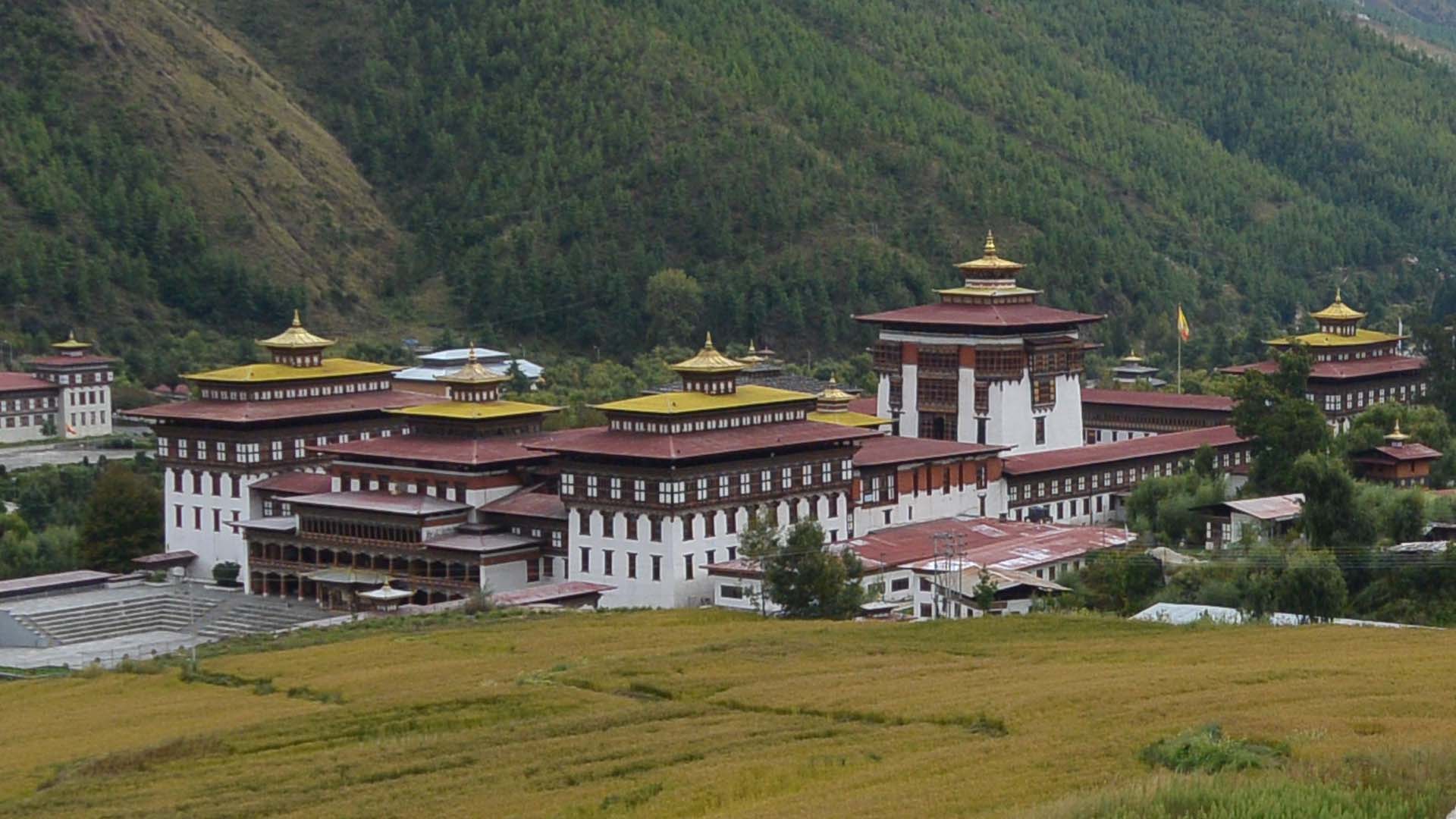Thimphu
Thimphu, the capital City of Bhutan is definitely a good place to start your Bhutan Tour with. The only city in the world without traffic lights offers bhutan travelers a lot of insight into the country.
Changangkha Lhakhang
This monastery is built on a hill overlooking the Thimphu valley. It was built in 15th Century by Lama Phajo Drugom Zhipo. Many parents of Thimphu take their new born babies to this monastery to be blessed by a high lama.
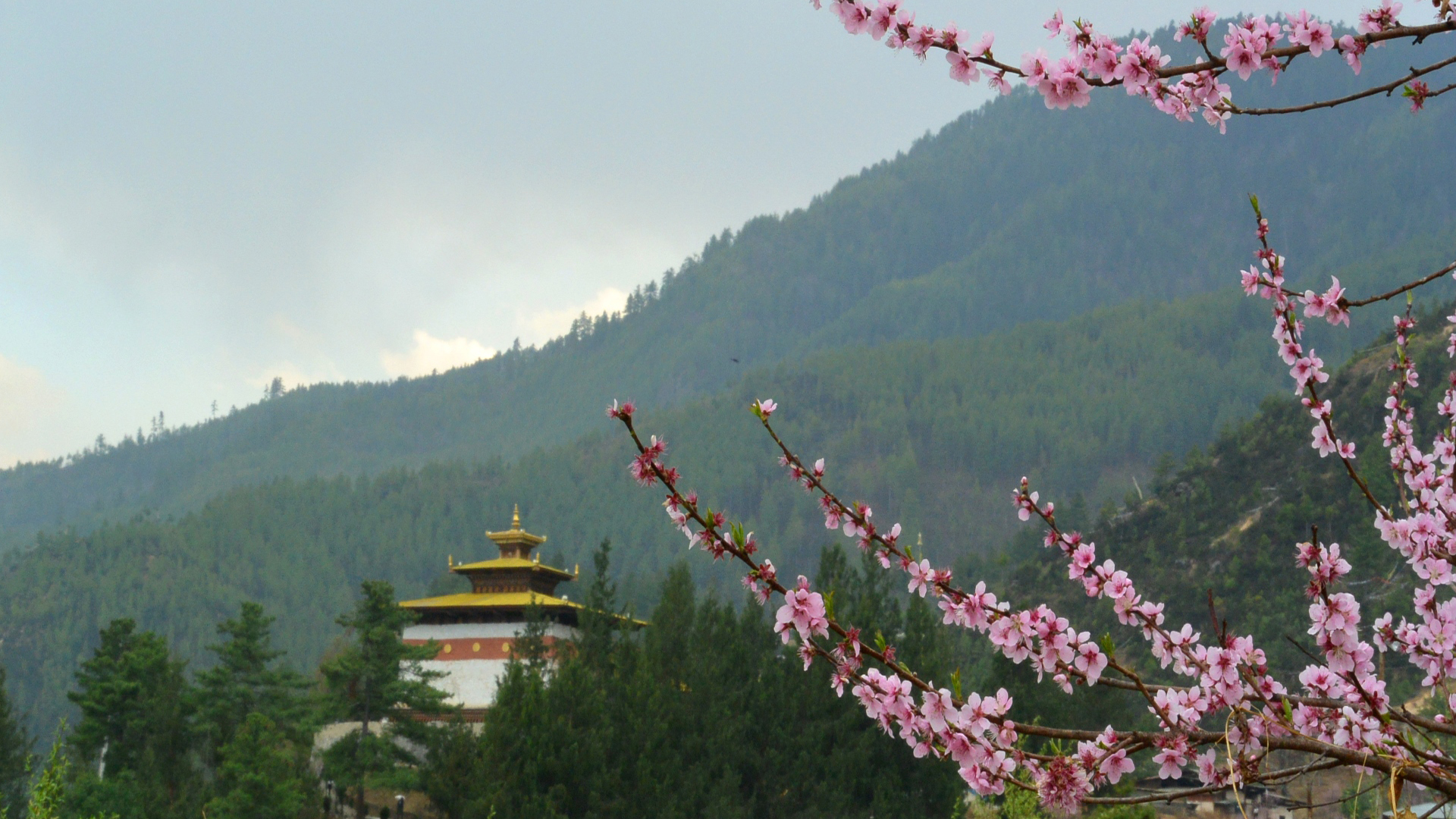
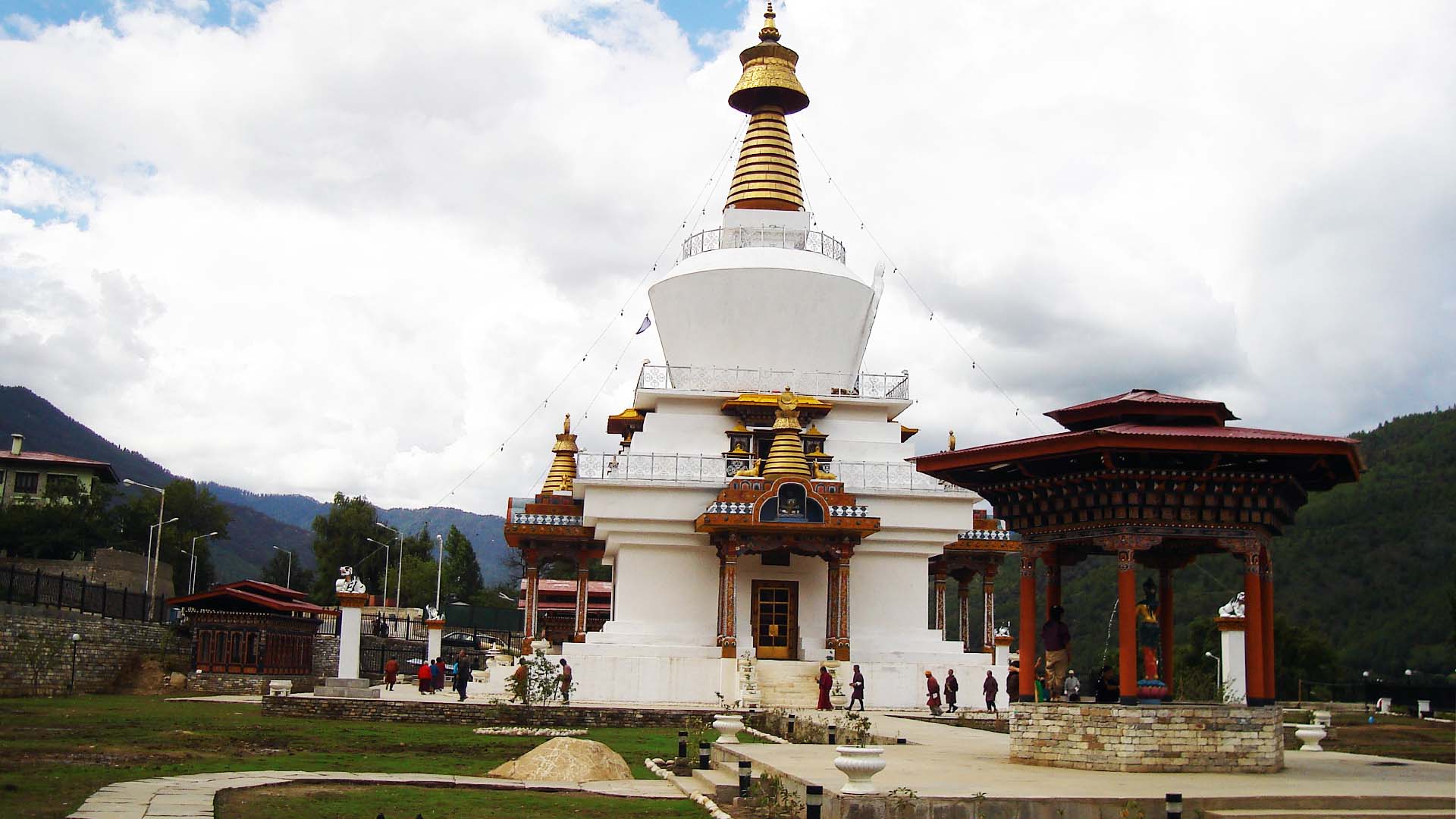
National Memorial Chorten
This Chorten was built in the honor of the Third King Jigme Dorji Wangchuck, also known as “The Father of Modern Bhutan”. This Chorten was built in 1974 in a typical Tibetan style. This Chorten is also a Centre of worship for the people living in Thimphu and contains many religious paintings and tantric statues.
Drupthob Lhakhang
This Lhakhang is one of the few surviving nunneries in Bhutan.
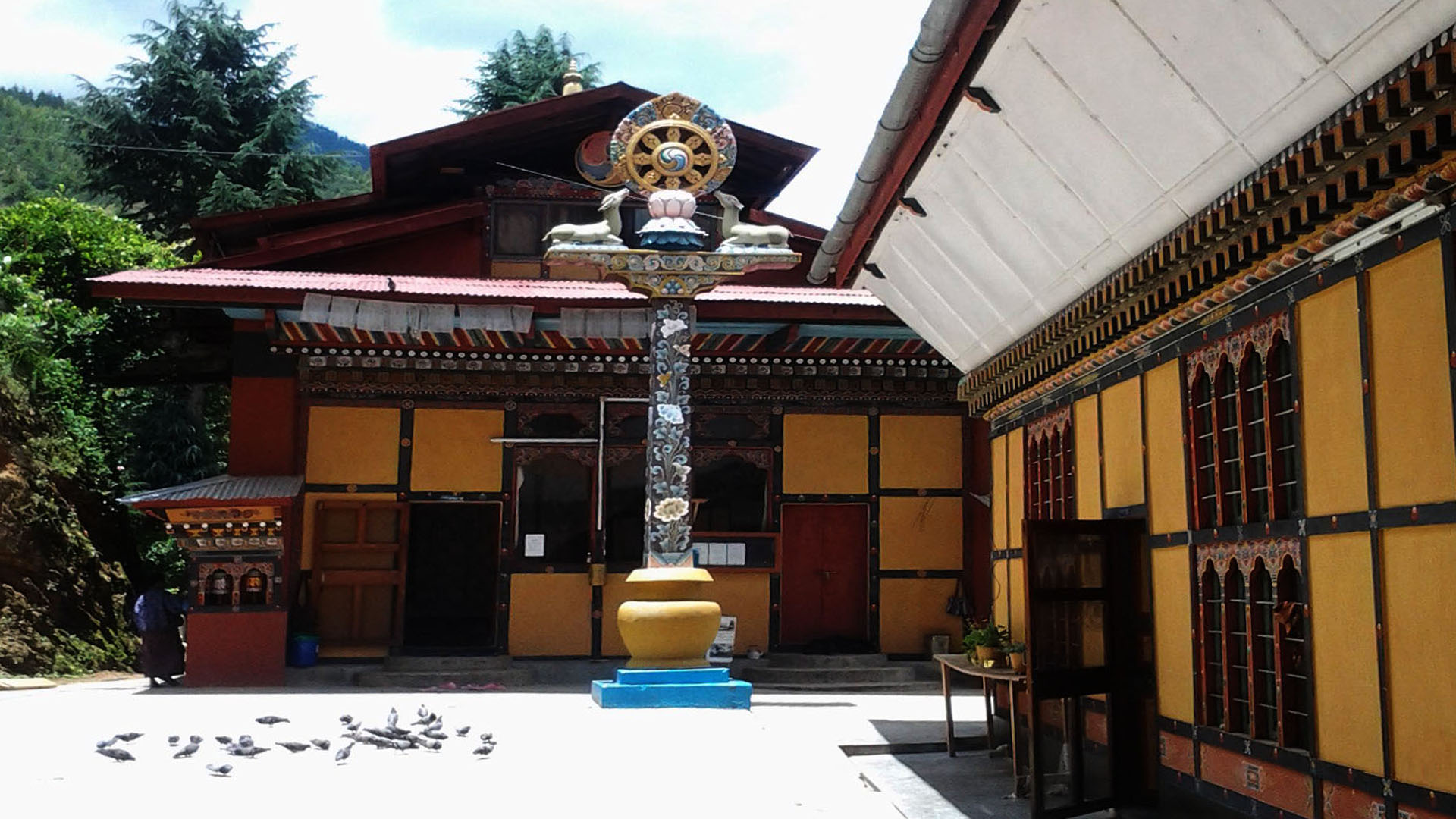
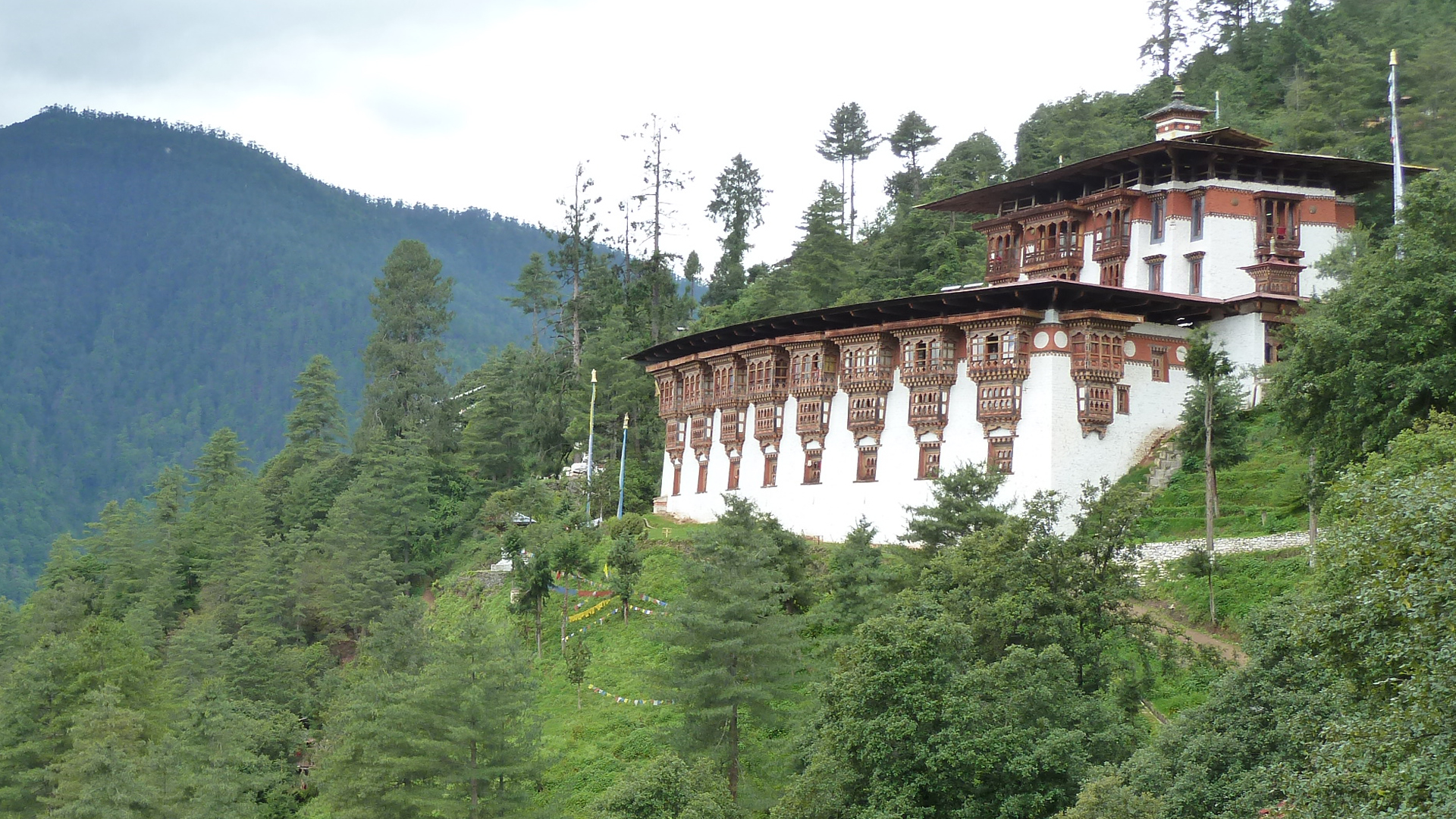
Cheri Monastery
The monastery was actually Chagri Dorjeden Monastery. This monastery was established in 1620, by Zhabdrung Ngawang Namgyal, the founder of the unified Bhutan. After driving for about 20 minutes we have to steep hike about approx. 1 – 1.5 hrs to reach the monastery. The monastery is now a major teaching and retreat centre of the Drukpa Kagyu order.
Tango Monastery
The monastery was founded by Lama Gyalwa Lhanangpa in the 13th century and was built in its present form in 1688 by Tenzin Rabgye, the 4th temporal ruler. After driving for about 20 minutes we have to steep hike about approx. 1 – 1.5 hrs to reach the monastery. Zhabdrung Ngawang Namgyal meditated in its cave in the year 1616.
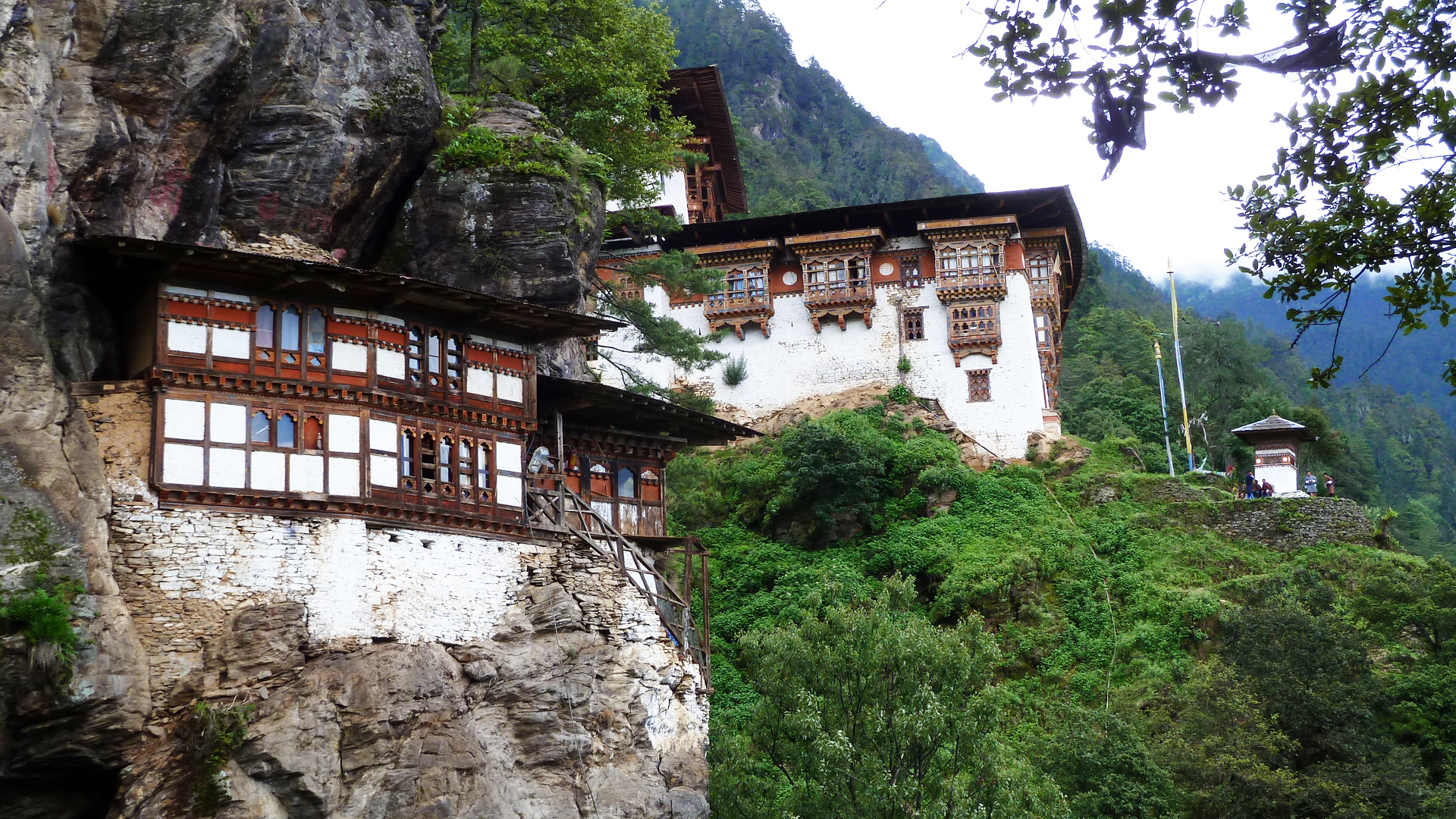
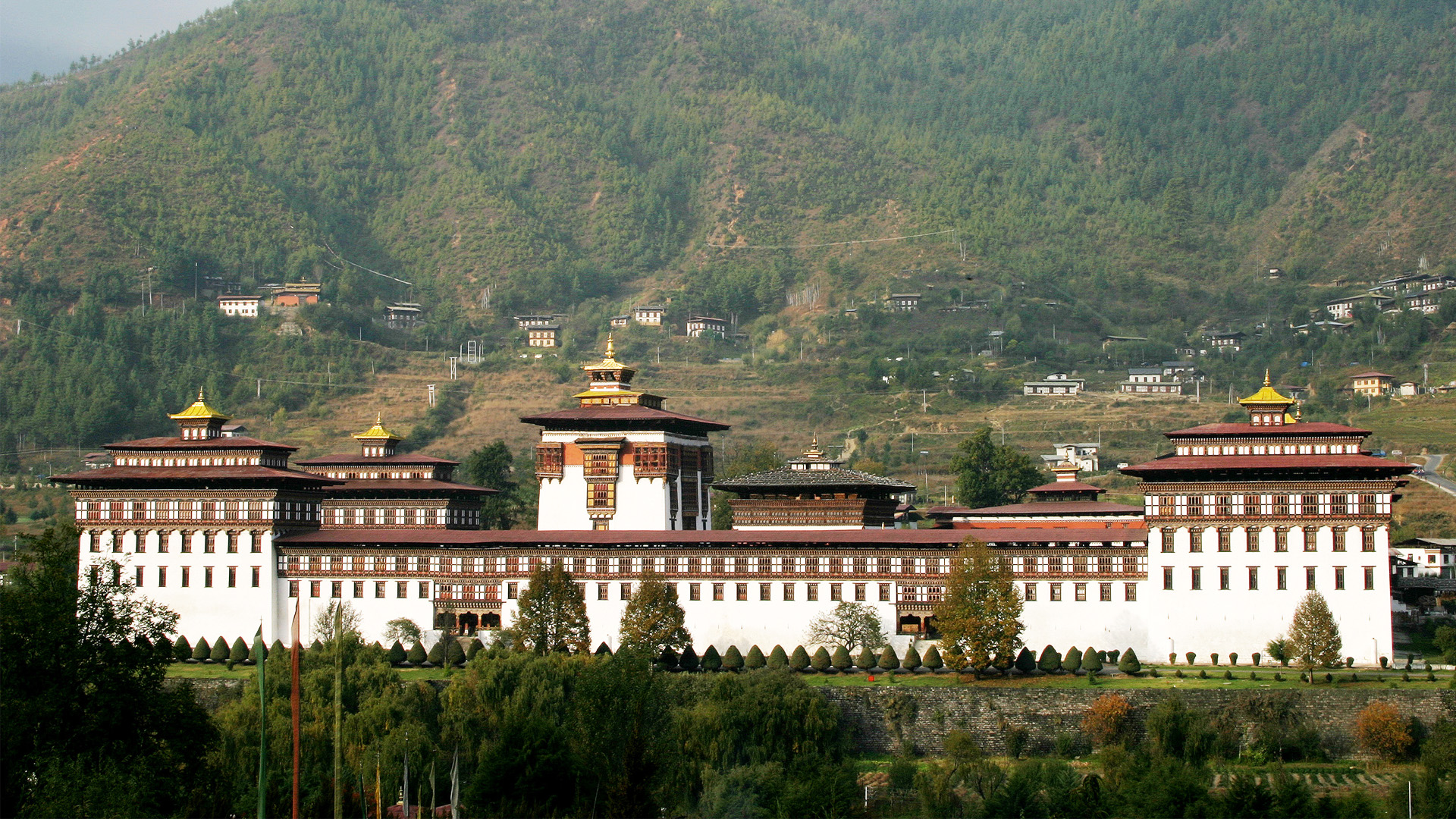
Tashichhodzong
A Doom (Blue Stone) Dzong was built on the hill above Thimphu in 1216 the lama Gyalwa Lhanangpa. A few years later Lama Phajo Drugom Shigpo, who brought the Drukpa Kagyu lineage to Bhutan, took over Dohon Dzong. Zhabdrung Ngawang Namgyal (The one who unified the country) acquired the Dzong in 1641 from the descendants of lama Phajo and renamed it as Tashichhodzong. The Dzong is the seat of the national government and the Central Monastic Body, including the summer residence of the Je Khenpo (Chief Abbot of Bhutan) at present.
Simtokha Dzong
Five miles from Thimphu, on a aloofly ridge, stands Simtokha Dzong the oldest fortress in the Kingdom. The Dzong now houses the Institute for Language and Culture.
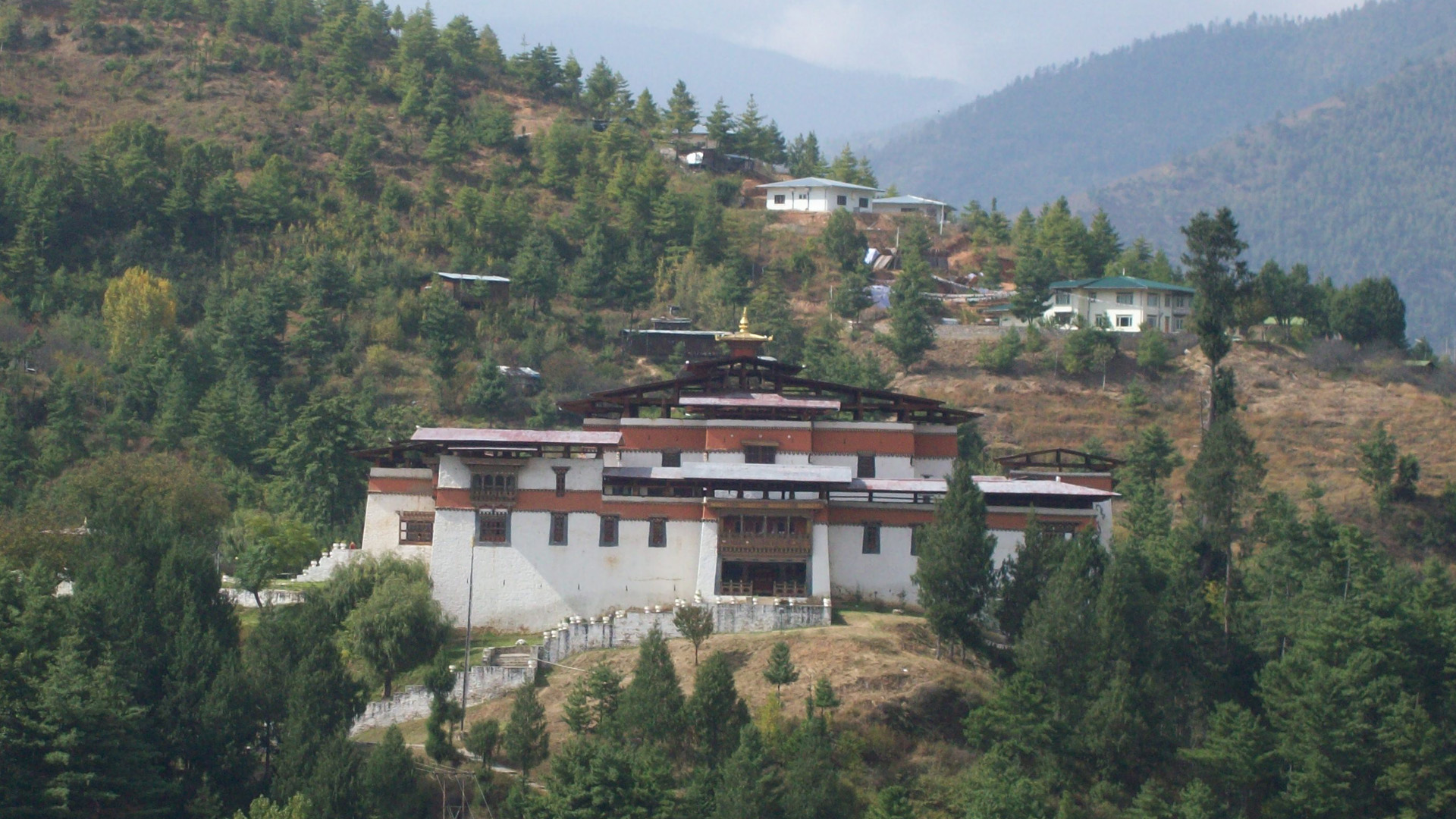
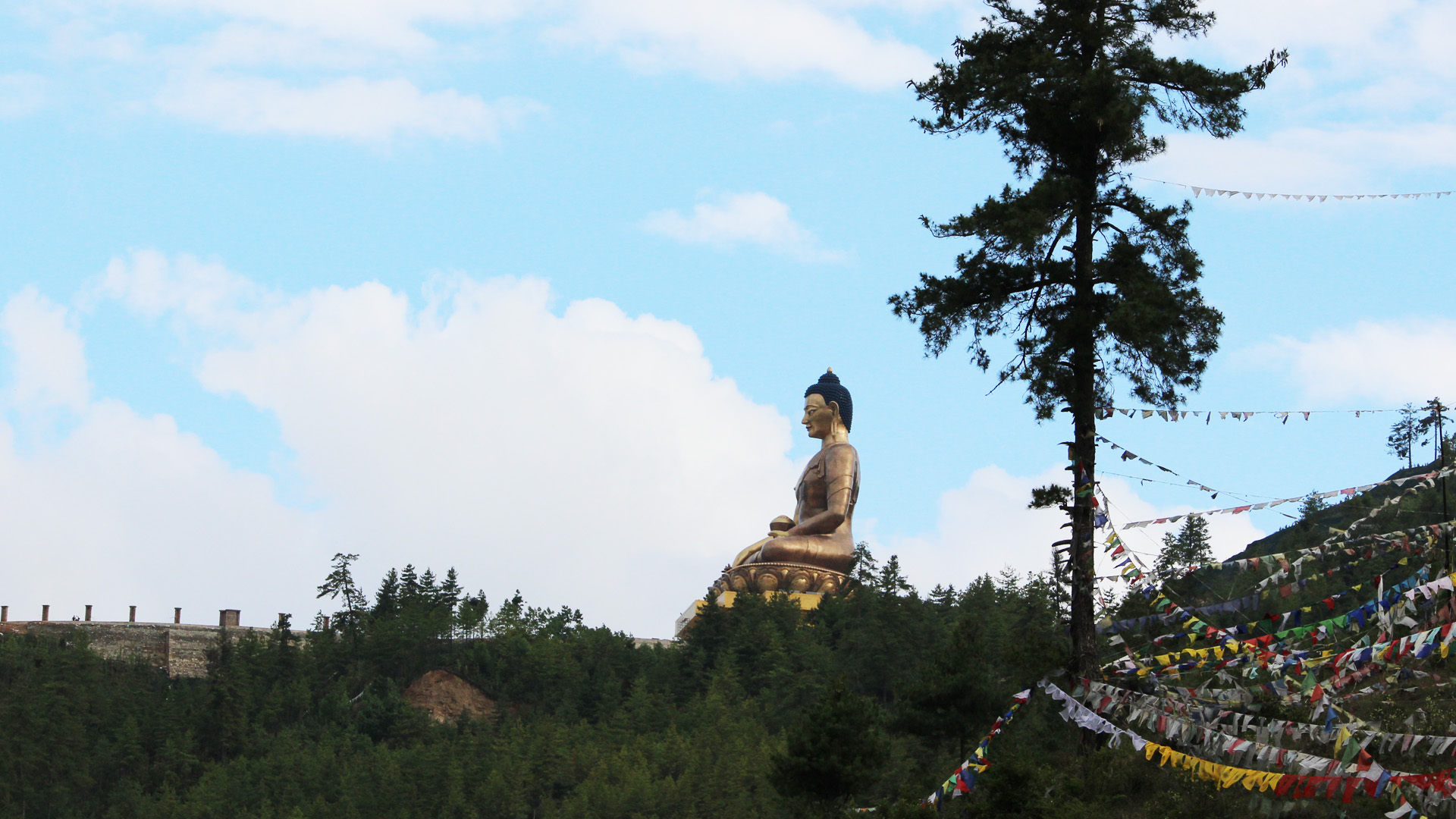
Kuenselphodrang
A place for refreshing with a huge statue of Buddha on the top of the Kuenselphodrang. The area also gives a very good view of the Thimphu valley from the west.
The Institute of Zorig Chusum
Students are taught the 13 traditional arts and crafts of Bhutan in this institute.
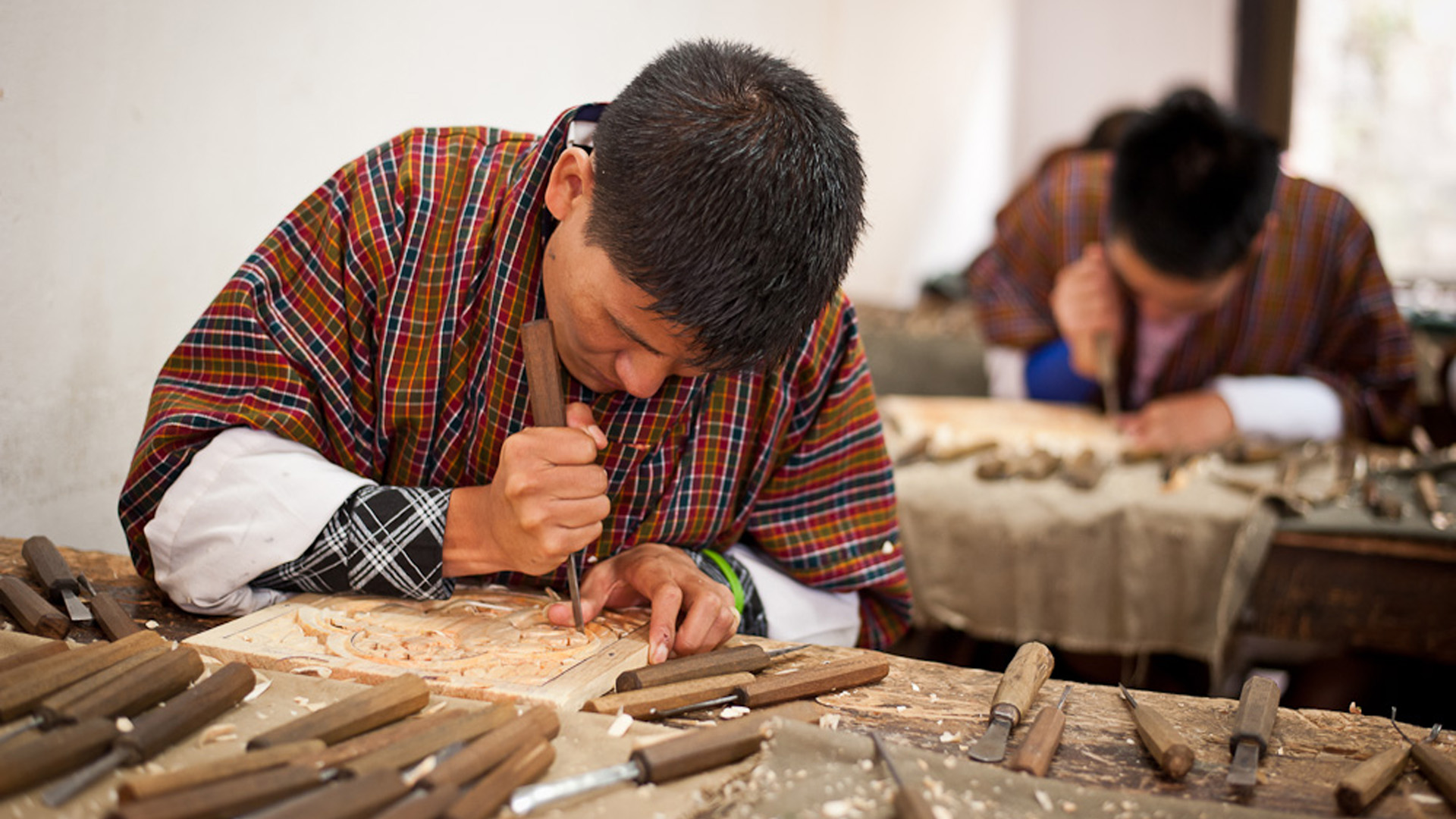
National Library
This library contains Bhutan’s religious and historical literature.
The Folk Heritage Museum
Founded by Her Majesty the Queen Ashi Dorji Wangmo Wangchuck the museum is one of a kind that portrays the lifestyle of a family in the Thimphu valley in the olden days. This is a three storied, 19th century traditional house giving an insight to the Bhutanese lifestyle, and artefacts from the rural households. The museum contains typical Bhutanese household objects, tools and equipment.
The Institute of Traditional Medicine
The institute treats people and prepares medicine according to the Traditional practices.
Takin Preserve Centre
The Takin, the national animal of Bhutan can be seen here. This particular animal is found only in the Himalayan region.
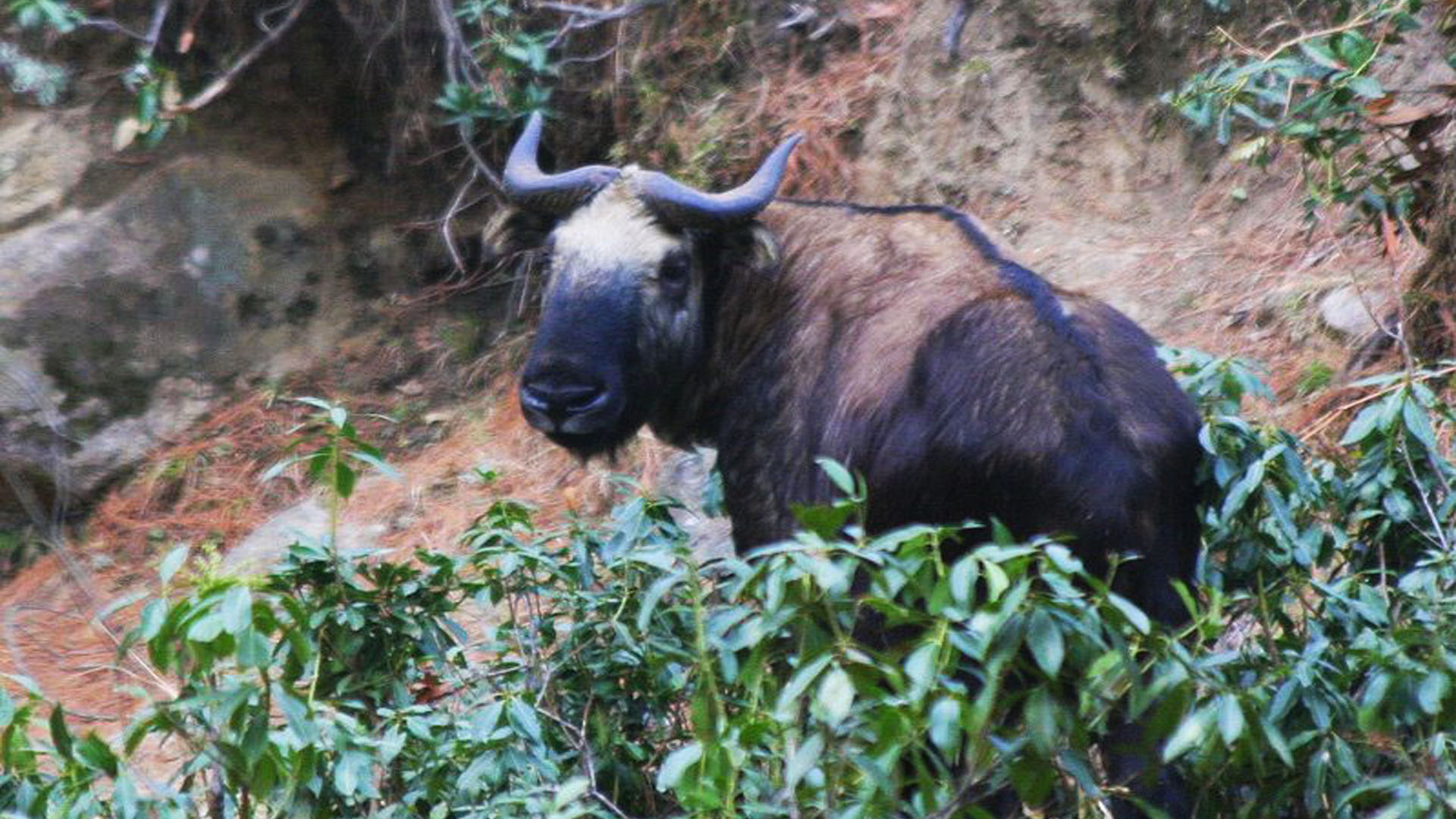
Sangaygang View Point (2685 meters)
The place is perfect to have view of whole Thimphu valley and walk through hundreds of colourful prayer flags that dot the hill overlooking the Thimphu valley.
The Royal Textile Academy and the Textile Museum
The Royal Textile academy is being managed by a Board of Trustees under the leadership of Her Majesty Ashi Sangay Choden Wangchuck. The Royal Textile Academy is Bhutan’s first institution that educates the Bhutanese youth about the conservation, preservation, training, study and exhibition of the country’s textiles. The Academy also provides in bringing about a National Centre for weaving and educating young students in textiles, fabric designs and museum studies. It also serves as a center for tourists, introducing the nation’s masterpiece to its visitors, while expanding the nation’s resource for cultural tourism.
The Mission of the Royal Textile Academy is dedicated to educate, promote and preserve Bhutanese Textiles. It aims to create International Awareness and encourage international collaboration to promote mutually beneficial exhibits and educational programs.
The Textile Museum was established in the year 2001 and has a good collection of exclusive and antique Bhutanese textile artifacts. The museum was set up with an objective to promote encourage weavers to continue the weaving of traditional Bhutanese textile, Promote Bhutan in the field of textile art and to preserve and promote the history and tradition of Bhutan.
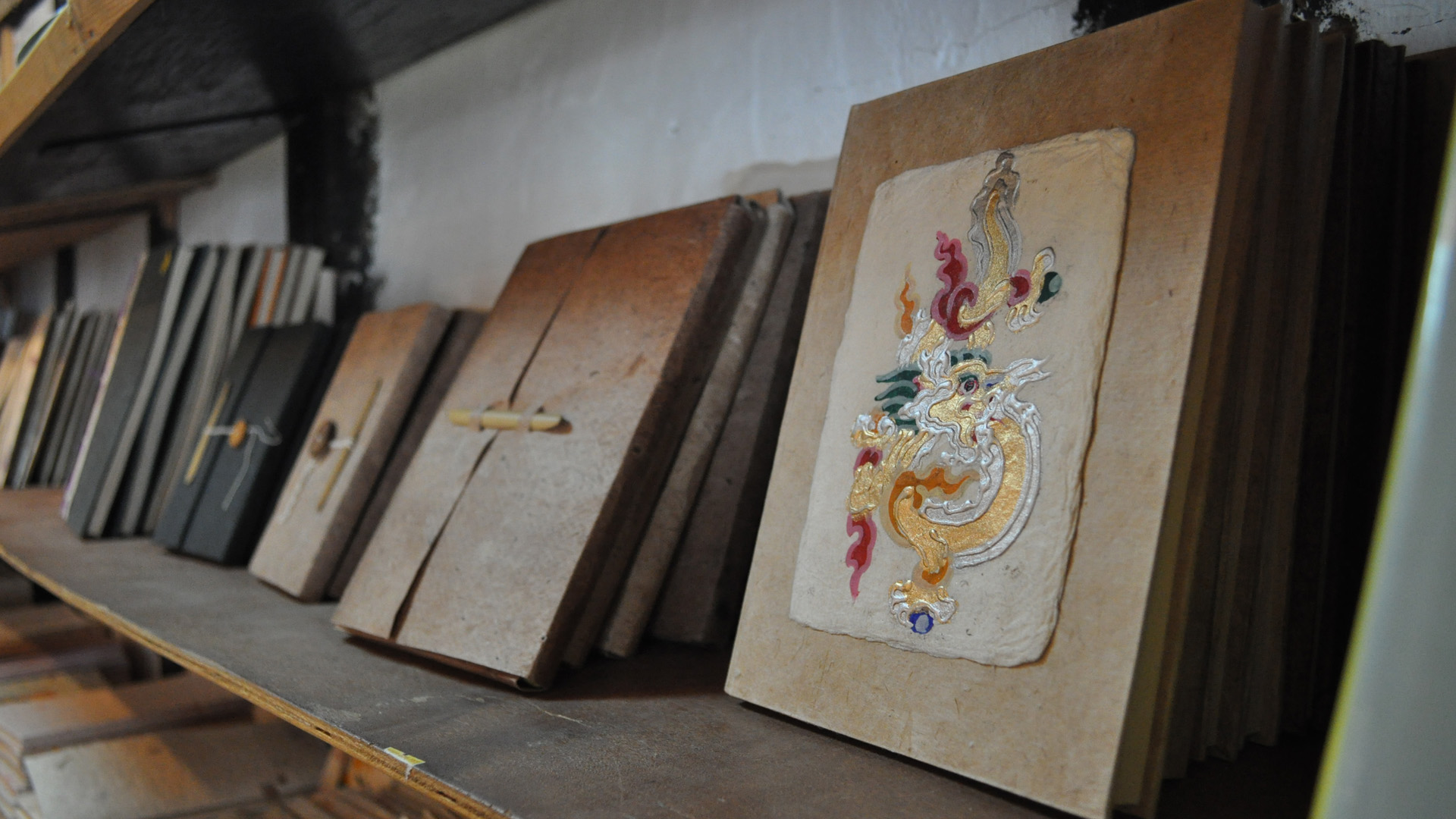
Jungshi Handmade Paper Factory
It is a 1 km drive from main city of Thimphu to the factory. The factory manufactures the traditional Bhutanese paper using the bark of two tree species in the manufacture of traditional paper the Daphne tree and Dhekap. The entire process of traditional manufacturing of the handmade paper can be observed. It was previously operated by the government. Now it is run by a private entrepreneur.

